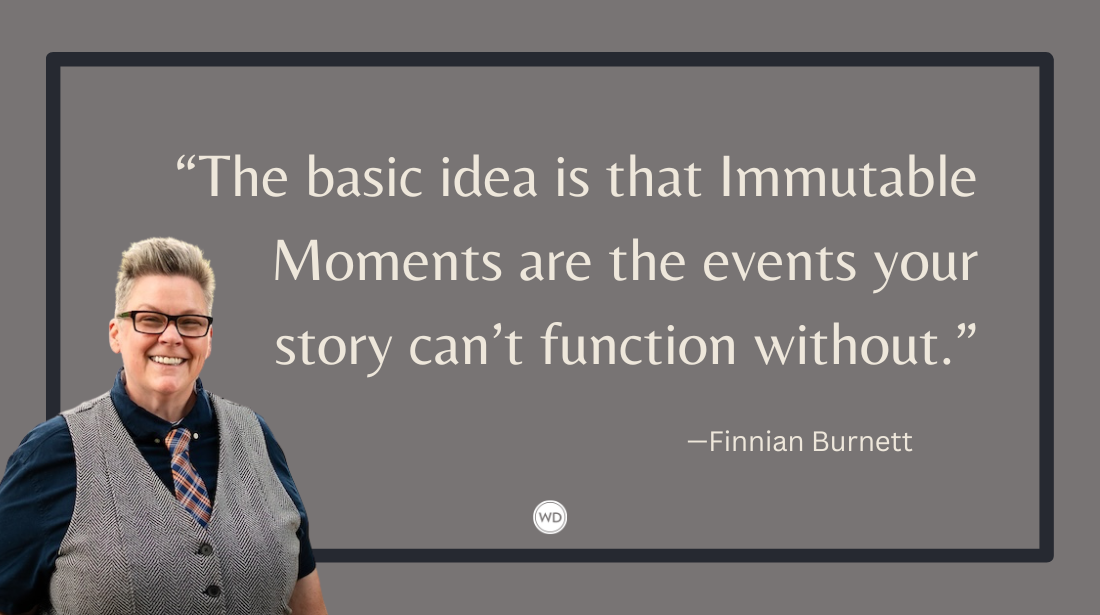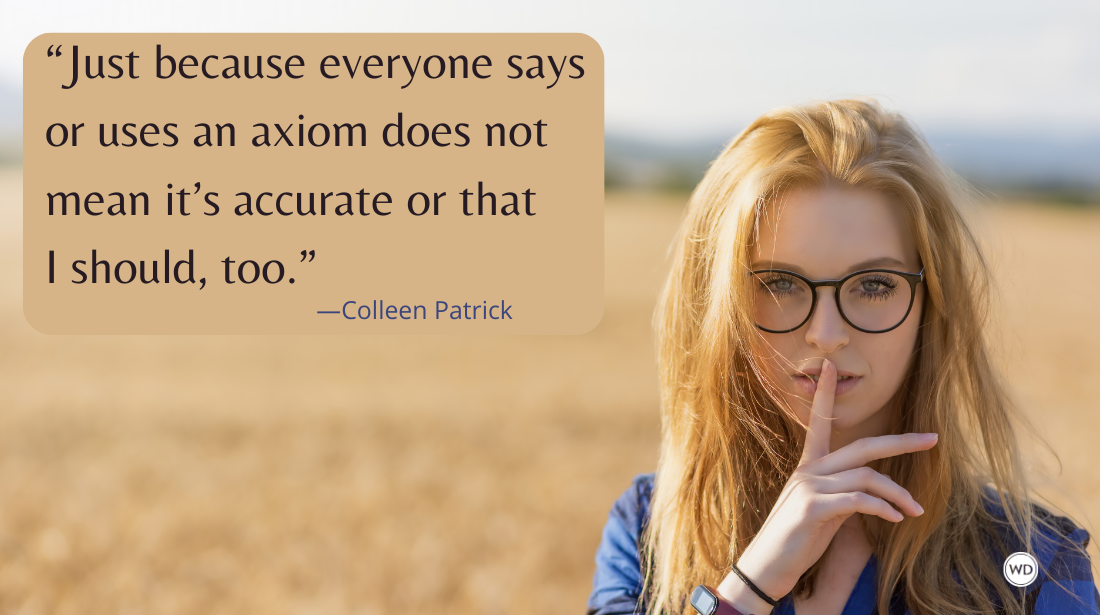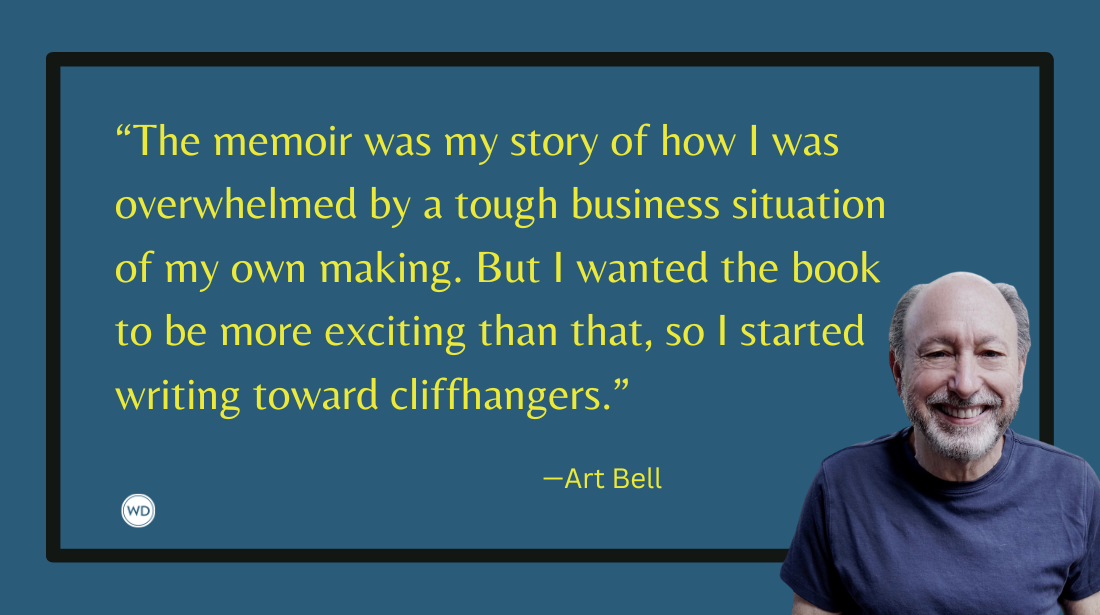Sew vs. So vs. Sow (Grammar Rules)
Let’s look at the differences between sew, so, and sow with Grammar Rules from the Writer’s Digest editors, including a few examples of correct usages.
It's been a while since I've done one of these posts, but let's check out another group of homophones I've seen used quite frequently recently.
So let's look at the differences between sew, so, and sow and when to use each.
Sew vs. So vs. Sow
Sew is a verb that refers to uniting or fastening something together using stitches (most commonly with thread and needle).
So can be used as an adverb (they think so), conjunction (put on your shoes so we can leave), adjective (she said it wasn't so), and pronoun (if you plan to attend, do so without complaint). So as you can see, so is more than just a so-so type of two-letter word.
Sow is a verb that refers to planting, spreading, or setting in motion. "Sow" can also be used as a noun, though it has a different pronunciation (sau, instead of so), to refer to an adult female pig, hog, or swine.
Make sense?
Here are a few examples of sew, so, and sow:
Correct: He spent several minutes trying to sew his button back on his shirt.
Incorrect: He spent several minutes trying to so his button back on his shirt.
Incorrect: He spent several minutes trying to sow his button back on his shirt.
Correct: The author was so happy to sign her book that she giggled.
Incorrect: The author was sew happy to sign her book that she giggled.
Incorrect: The author was sow happy to sign her book that she giggled.
Correct: The suspect tried to sow doubts about his guilt.
Incorrect: The suspect tried to sew doubts about his guilt.
Incorrect: The suspect tried to so doubts about his guilt.
So you can sew a quilt, sow disinformation, and so on.
*****
No matter what type of writing you do, mastering the fundamentals of grammar and mechanics is an important first step to having a successful writing career.
Robert Lee Brewer is Senior Editor of Writer's Digest, which includes managing the content on WritersDigest.com and programming virtual conferences. He's the author of 40 Plot Twist Prompts for Writers: Writing Ideas for Bending Stories in New Directions, The Complete Guide of Poetic Forms: 100+ Poetic Form Definitions and Examples for Poets, Poem-a-Day: 365 Poetry Writing Prompts for a Year of Poeming, and more. Also, he's the editor of Writer's Market, Poet's Market, and Guide to Literary Agents. Follow him on Twitter @robertleebrewer.








